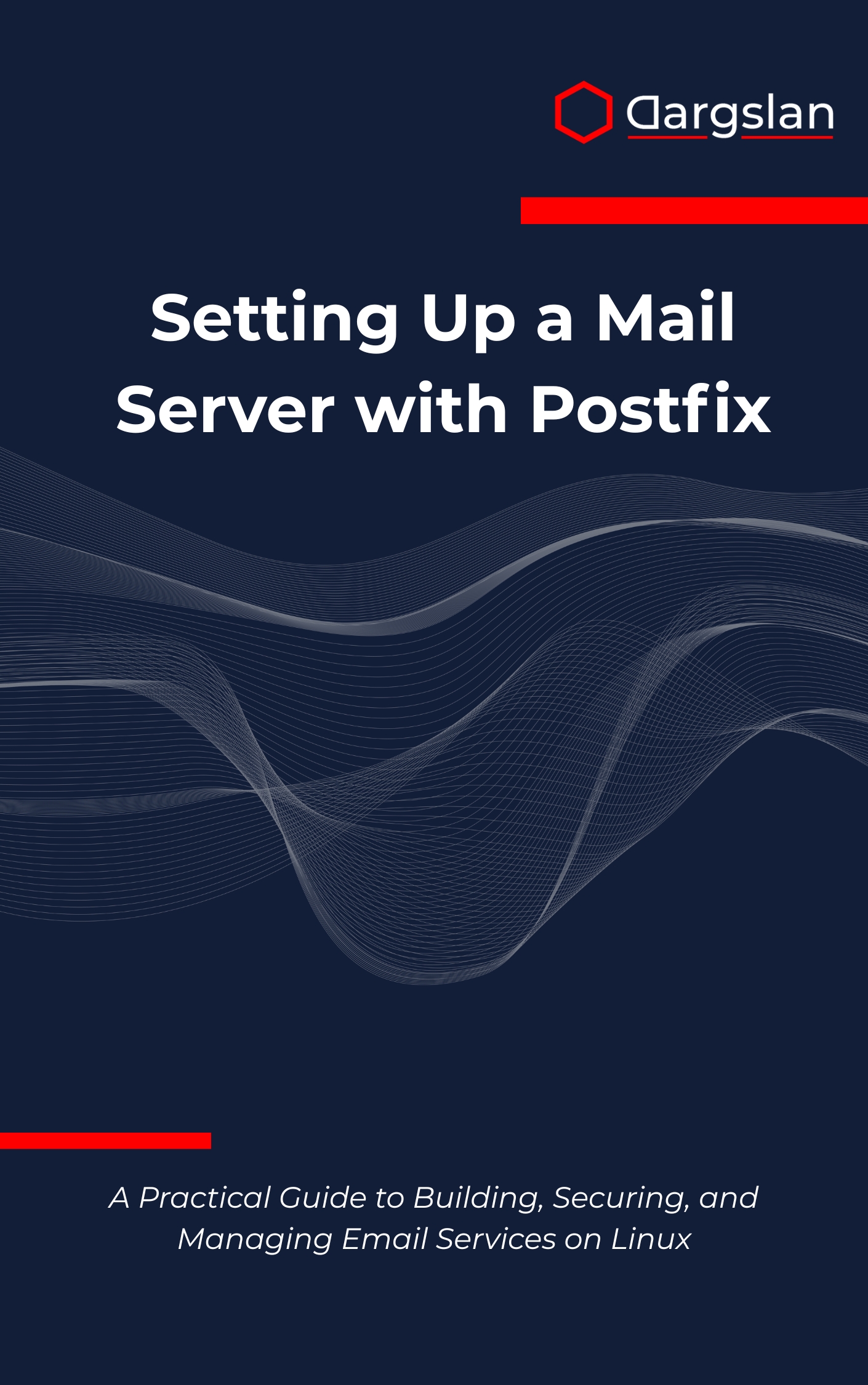Setting Up a Mail Server with Postfix
Master the Complete Process of Setting Up Professional Mail Servers with Postfix,Set up secure mail servers using Postfix with this detailed, practical guide.

Email remains the backbone of business communication, and owning your email infrastructure means full control over security, uptime, and compliance. If you’ve ever struggled to connect DNS dots, tame spam, or pass deliverability checks, this guide gives you the confidence and clarity to build a production-ready system.
From first package install to high-availability tuning, you’ll learn how to architect a reliable Postfix environment on Linux that scales with your organization. No guesswork, just proven practices and real-world configuration patterns for dependable email delivery.
A Practical Guide to Building, Securing, and Managing Email Services on Linux
Overview
Setting Up a Mail Server with Postfix is A Practical Guide to Building, Securing, and Managing Email Services on Linux that walks you end to end through a modern mail stack. This Linux-focused IT book functions as both a programming guide and a technical book, covering Postfix installation and configuration, DNS records setup, user authentication systems, mail server security, Dovecot integration, webmail configuration, spam protection, virus filtering, multi-domain hosting, server monitoring, backup strategies, troubleshooting procedures, performance optimization, SSL/TLS implementation, and IMAP/POP3 services, all presented with step-by-step instructions and production-ready examples.
Who This Book Is For
- System administrators and DevOps engineers who need a stable, secure, and documented email platform. You’ll gain a repeatable build process, from DNS to Dovecot, with clear guidance for hardening, monitoring, and ongoing maintenance.
- Developers and product teams integrating email into applications or platforms. Learn how to configure authentication, implement SSL/TLS, and tune performance so your services send and receive reliably at scale.
- IT managers and security-conscious SMEs looking to reduce third-party dependencies. Build in-house expertise, control sensitive data, and optimize costs while meeting compliance and deliverability targets.
Key Lessons and Takeaways
- Design and deploy a complete Postfix-based infrastructure on Linux, including Dovecot for IMAP/POP3 services and webmail integration. You’ll understand how each layer interacts and how to manage multi-domain hosting cleanly.
- Implement bulletproof security with SSL/TLS implementation, SPF, DKIM, and DMARC, plus spam protection and virus filtering. You’ll harden servers, minimize attack surface, and keep mail flowing without drowning in false positives.
- Troubleshoot and optimize like a pro using logs, metrics, and best-practice server monitoring. Learn backup strategies, recovery drills, and performance optimization to maintain reliability as your user base grows.
Why You’ll Love This Book
This guide turns complex configuration into a clear, step-by-step roadmap you can trust in production. Every setting is explained, every integration is tested, and every recommendation stems from real-world operations. You’ll move from theory to working systems quickly—with confidence that your email service is robust, secure, and maintainable.
How to Get the Most Out of It
- Follow the chapters in sequence to build a solid foundation, from Postfix installation and configuration through DNS records setup and SSL/TLS implementation. Then progress to Dovecot integration, webmail configuration, and multi-domain hosting.
- Mirror the examples in a staging environment to validate each change before going live. Capture baseline metrics, enable comprehensive logging, and apply server monitoring so you can measure improvements as you harden security and tune performance.
- Complete mini-projects like setting up SPF/DKIM/DMARC, enabling spam protection and virus filtering, and configuring backup strategies with restore tests. Finish by running targeted troubleshooting procedures to practice diagnosing delivery and authentication issues.
Deep-Dive Highlights
Get authoritative guidance on DNS records setup, including MX, SPF, DKIM, and DMARC alignment to protect brand reputation and improve inbox placement. See how to connect user authentication systems with virtual domains and quotas while keeping permissions and privacy tight.
The Dovecot integration sections demystify IMAP/POP3 services, from secure authentication to mailbox formats and index optimization. You’ll also find clear examples for webmail configuration, making user access seamless without compromising mail server security.
Operations teams will appreciate the emphasis on observability—log parsing, queue analysis, and alerting strategies that surface issues before they affect users. From performance optimization to capacity planning, you’ll learn how to maintain throughput and stability under real workload conditions.
Production-Ready Reliability
Security features are handled comprehensively, with SSL/TLS implementation best practices, cipher guidance, and certificate automation strategies. Spam protection and virus filtering are addressed with layered defenses that keep mail clean while avoiding false positives that frustrate users.
For growth and resilience, you’ll explore multi-domain hosting patterns, high-availability options, and redundancy planning. Backup strategies cover both data and configuration, ensuring you can restore mailboxes and services quickly when it matters most.
Practical Value You Can Ship Today
Throughout this programming guide, you’ll find full configuration snippets, checklists, and troubleshooting procedures that translate directly to production. Each chapter concludes with actionable tasks, so you steadily build a dependable platform instead of juggling disconnected tips.
Whether you’re replacing a legacy relay, building a greenfield service, or consolidating providers, this technical book shortens the path to a secure, reliable, and cost-effective email operation on Linux.
Get Your Copy
Ready to take control of your email infrastructure and deliver with confidence? Build a secure, compliant, and high-performance Postfix stack that your team and users can trust.




